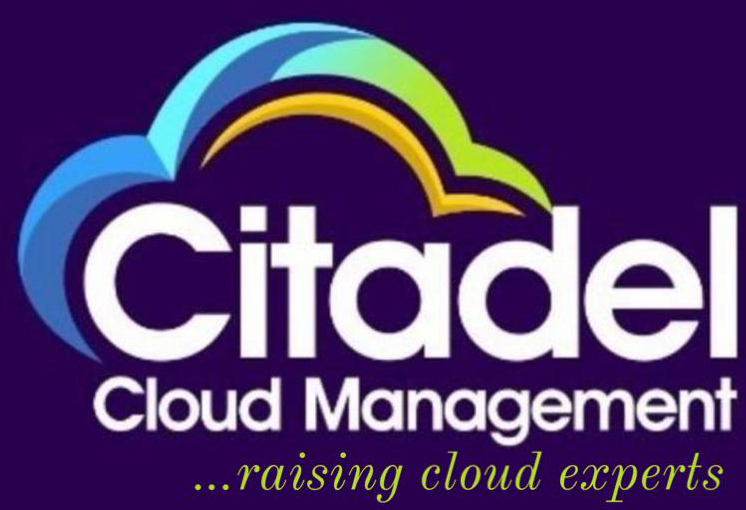
Open Banking and Cloud SaaS: The New Age of Financial Services
Kehinde Ogunlowo
Table of Contents:
- Introduction to Open Banking and Cloud SaaS
- Overview of Open Banking
- What is Cloud SaaS?
- The Evolution of Financial Services
- Traditional Banking vs. Modern Open Banking
- The Role of Cloud Computing in Financial Transformation
- Key Benefits of Open Banking and Cloud SaaS in Financial Services
- Enhancing Customer Experience
- Improving Operational Efficiency
- Enabling Innovation and Competition
- Security and Compliance
- The Integration of Open Banking with Cloud SaaS
- How Cloud SaaS Platforms Enable Open Banking
- Real-World Examples of Integration
- Challenges and Risks of Open Banking and Cloud SaaS
- Data Privacy and Security Concerns
- Regulatory Compliance Challenges
- Technical Challenges in Integration
- The Future of Open Banking and Cloud SaaS in Financial Services
- The Role of AI and Machine Learning
- Emerging Trends and Innovations
- Predictions for the Next Decade
- Conclusion: The Path Forward
- Key Takeaways
- How Financial Institutions Can Prepare
1. Introduction to Open Banking and Cloud SaaS
Overview of Open Banking
Open Banking refers to a financial services model where banks and financial institutions provide secure access to their data to third-party providers through APIs (Application Programming Interfaces). This enables innovative financial products and services, such as budget management tools, personalized financial advice, and better payment solutions. Open Banking has been transformative in creating a more competitive and transparent banking ecosystem.
- Resource Link: Open Banking – Wikipedia
What is Cloud SaaS?
Cloud SaaS (Software as a Service) refers to software applications that are delivered over the internet through the cloud. Rather than purchasing, installing, and maintaining software on individual computers, users access it via the web. SaaS platforms are hosted on remote servers, which allows organizations to scale their services and manage data more efficiently.
- Resource Link: Cloud SaaS – IBM
2. The Evolution of Financial Services
Traditional Banking vs. Modern Open Banking
Traditional banking systems were closed ecosystems where the data and services were owned by the banks, limiting competition and innovation. Open Banking breaks this model by allowing customers to share their financial data with trusted third-party providers, giving rise to more personalized financial services and better customer experiences.
- Resource Link: The Rise of Open Banking – Finextra
The Role of Cloud Computing in Financial Transformation
Cloud computing plays a critical role in modernizing financial services by providing the infrastructure needed to handle large volumes of data, support real-time transactions, and ensure scalability. With Cloud SaaS platforms, financial institutions can access tools for managing customer data, enhancing security, and offering new services.
3. Key Benefits of Open Banking and Cloud SaaS in Financial Services
Enhancing Customer Experience
Open Banking allows consumers to access a variety of innovative, customized financial services. This leads to better personalization, faster services, and more choices in financial products. Cloud SaaS also enables seamless integration of various services across platforms.
- Resource Link: How Open Banking Improves Customer Experience – Finextra
Improving Operational Efficiency
By leveraging Cloud SaaS, financial institutions can reduce the costs of maintaining on-premise infrastructure, improve data management, and automate key processes. Open Banking also contributes to operational efficiency by enabling secure data sharing and reducing manual interventions.
- Resource Link: The Efficiency Gains in Banking through Cloud SaaS
Enabling Innovation and Competition
The collaborative nature of Open Banking fosters competition, as new fintech companies can develop services that compete with traditional banks. SaaS solutions make it easier for fintechs to launch their services without the need for significant infrastructure investments.
- Resource Link: Fintech and Open Banking – Financial Brand
Security and Compliance
Cloud SaaS providers are heavily regulated and often provide robust security features to ensure compliance with data protection regulations, such as GDPR and PSD2. With Open Banking, customers also have greater control over how their data is shared, ensuring enhanced security.
- Resource Link: Open Banking and Data Security – Deloitte
4. The Integration of Open Banking with Cloud SaaS
How Cloud SaaS Platforms Enable Open Banking
Cloud platforms offer the infrastructure necessary for Open Banking APIs, enabling smooth communication between banks, third-party providers, and customers. They offer tools for secure data transmission, authentication, and integration with various banking systems.
- Resource Link: Open Banking and Cloud Integration – McKinsey & Company
Real-World Examples of Integration
Leading banks and financial institutions worldwide are adopting Open Banking with Cloud SaaS platforms to streamline services. Examples include BBVA’s API platform that connects with fintech apps or HSBC’s use of cloud technology to enhance digital banking.
- Resource Link: Real-World Open Banking Examples
5. Challenges and Risks of Open Banking and Cloud SaaS
Data Privacy and Security Concerns
Despite the many advantages, there are significant concerns regarding data privacy, particularly with Open Banking’s sharing of sensitive financial information. Ensuring that third-party providers comply with strict security standards is essential to protect consumers.
- Resource Link: Open Banking: Data Security & Privacy – EY
Regulatory Compliance Challenges
Navigating complex regulatory landscapes (such as PSD2 in Europe) is a challenge for banks and fintech companies. Adhering to standards while innovating with Open Banking and Cloud SaaS solutions requires careful planning and robust legal and technical frameworks.
- Resource Link: Understanding Regulatory Compliance in Open Banking
Technical Challenges in Integration
Integrating Open Banking solutions with legacy banking systems and ensuring interoperability with various third-party providers is a major technical challenge. Cloud SaaS platforms help address this by offering flexible solutions that scale with financial institutions’ needs.
- Resource Link: Technical Challenges of Open Banking
6. The Future of Open Banking and Cloud SaaS in Financial Services
The Role of AI and Machine Learning
As the financial sector moves forward, Artificial Intelligence (AI) and Machine Learning (ML) will play a pivotal role in analyzing financial data to provide even more personalized services. Combining Open Banking with these technologies could result in advanced predictive analytics, fraud detection, and tailored financial recommendations.
- Resource Link: AI and Open Banking Future
Emerging Trends and Innovations
The future of Open Banking and Cloud SaaS will include increased collaboration between financial institutions and fintech startups. The growing demand for digital wallets, instant payments, and blockchain integration are just a few of the trends that will reshape financial services.
- Resource Link: Open Banking Trends
Predictions for the Next Decade
Experts predict that the next decade will see a full-blown digital transformation in the financial industry, with Open Banking and Cloud SaaS as central pillars. The advent of more global standards and wider adoption will lead to seamless, borderless financial services.
- Resource Link: Future of Open Banking
7. Conclusion: The Path Forward
Key Takeaways
The combination of Open Banking and Cloud SaaS is fundamentally reshaping financial services, providing consumers with better products and services while fostering innovation and competition. Financial institutions must invest in the right technologies and partnerships to stay competitive and compliant.
- Resource Link: Key Insights on Open Banking
How Financial Institutions Can Prepare
Banks and financial institutions must focus on adopting the necessary infrastructure, such as API technology and cloud solutions, and ensuring they comply with regulatory standards. Collaboration with fintech firms will also help them stay ahead of the curve.
- Resource Link: Preparing for Open Banking
This comprehensive outline and linked resources will help deepen your understanding of the role of Open Banking and Cloud SaaS in transforming financial services.
Table of Contents
Latest Articles

